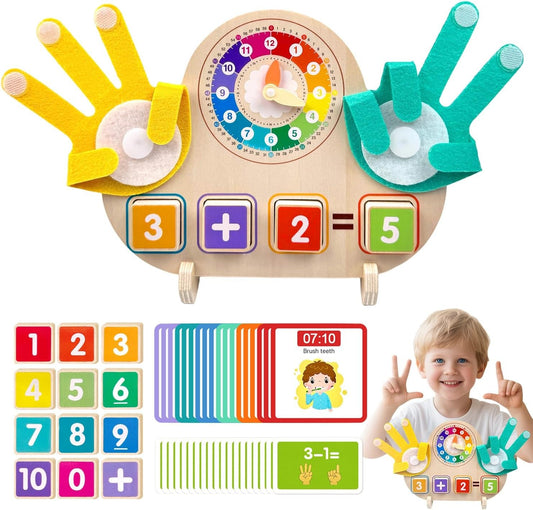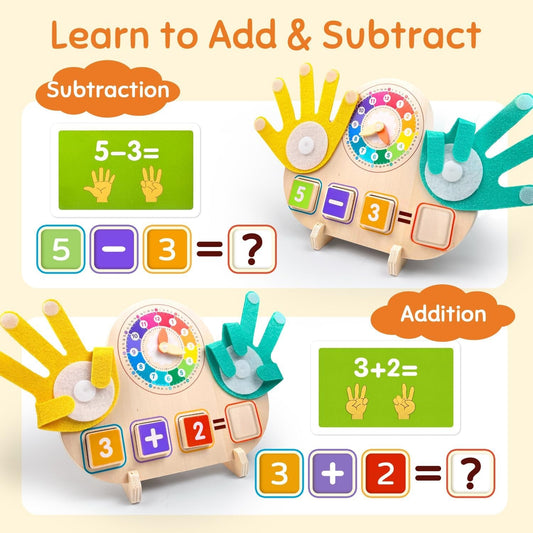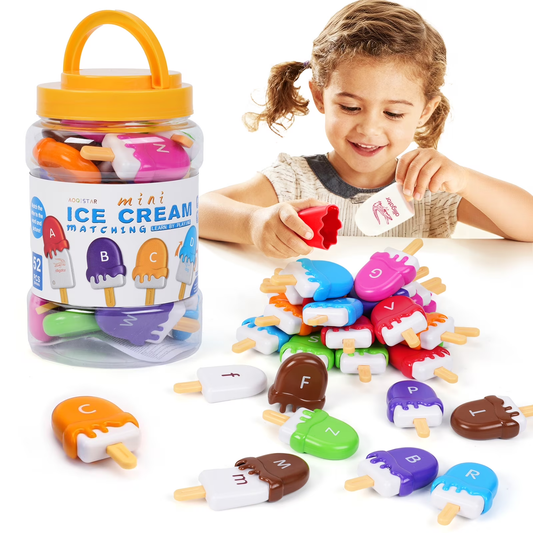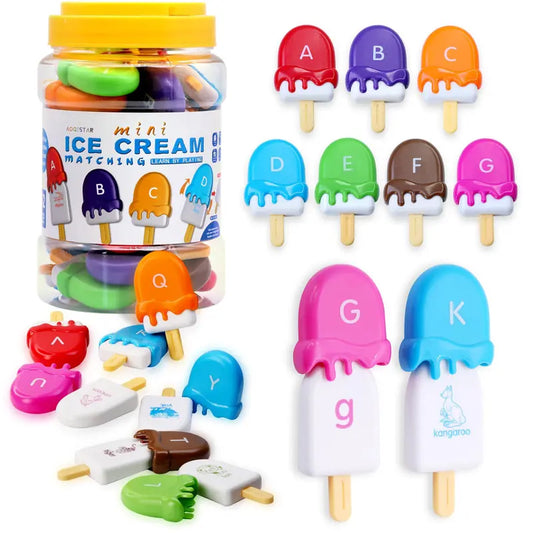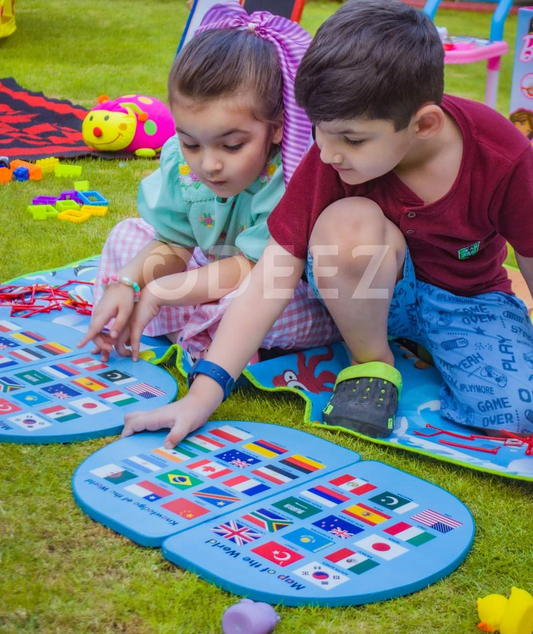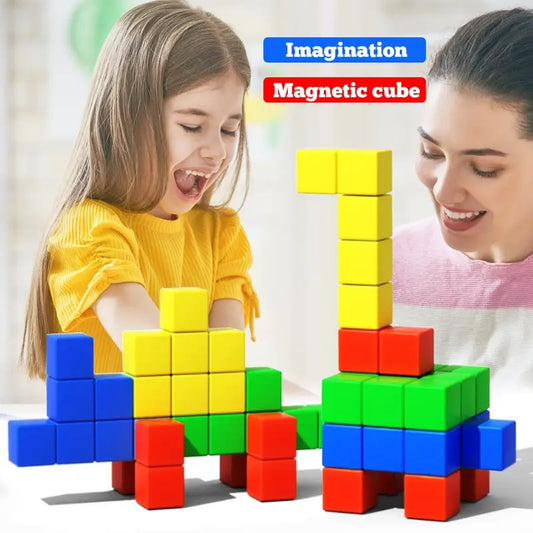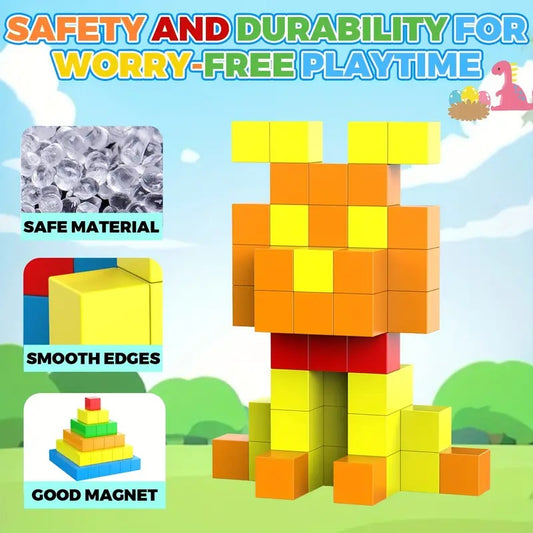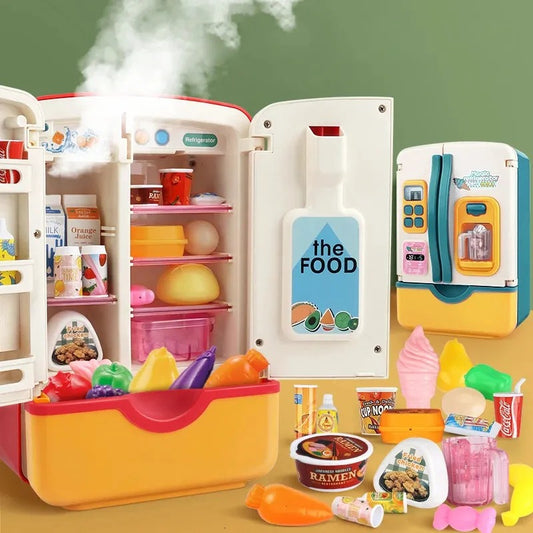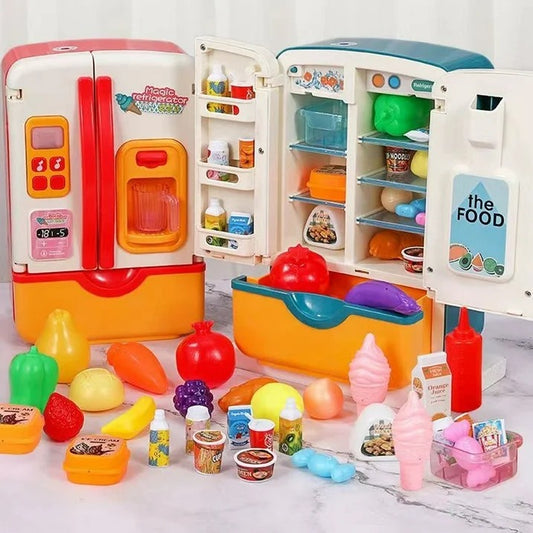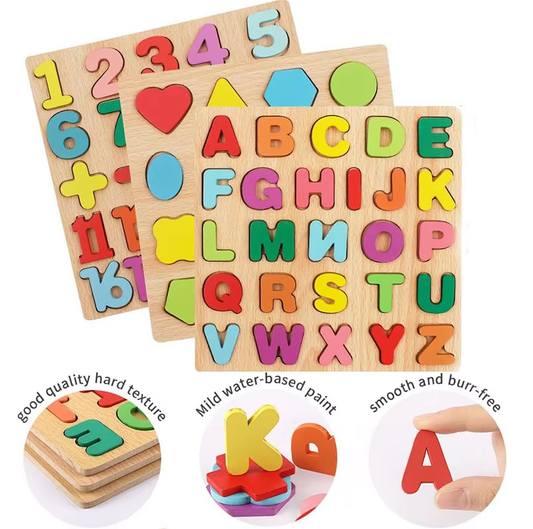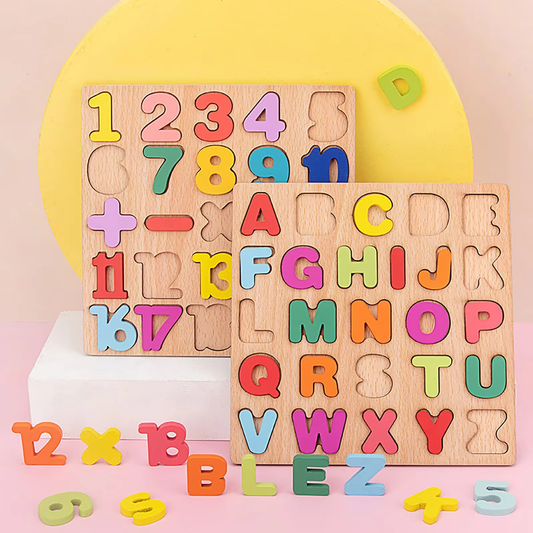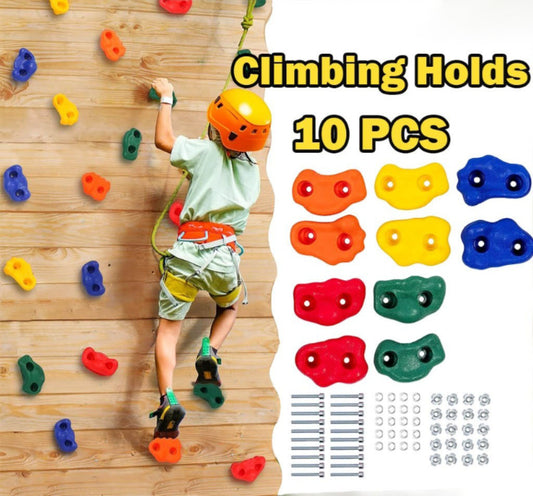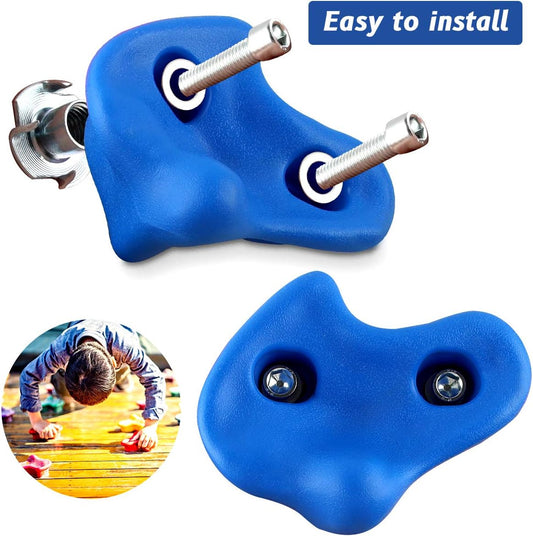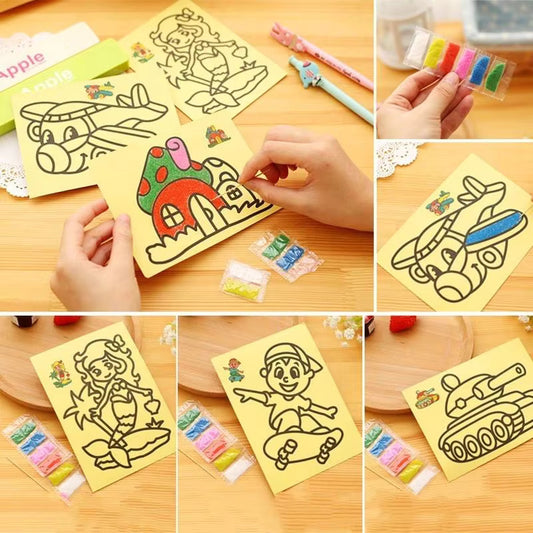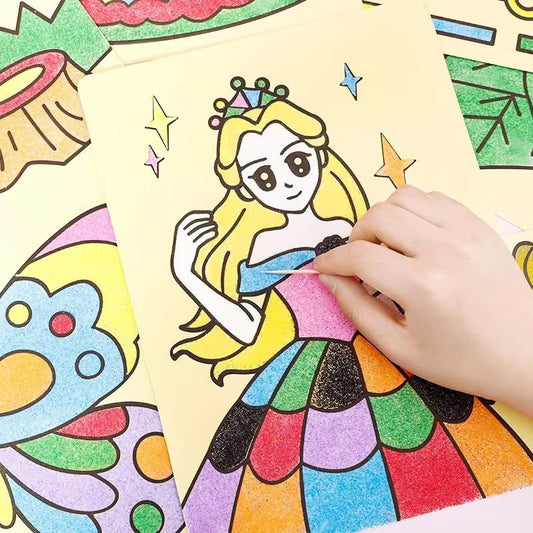Learning Toys: A Valuable Tool for Children with Special Needs
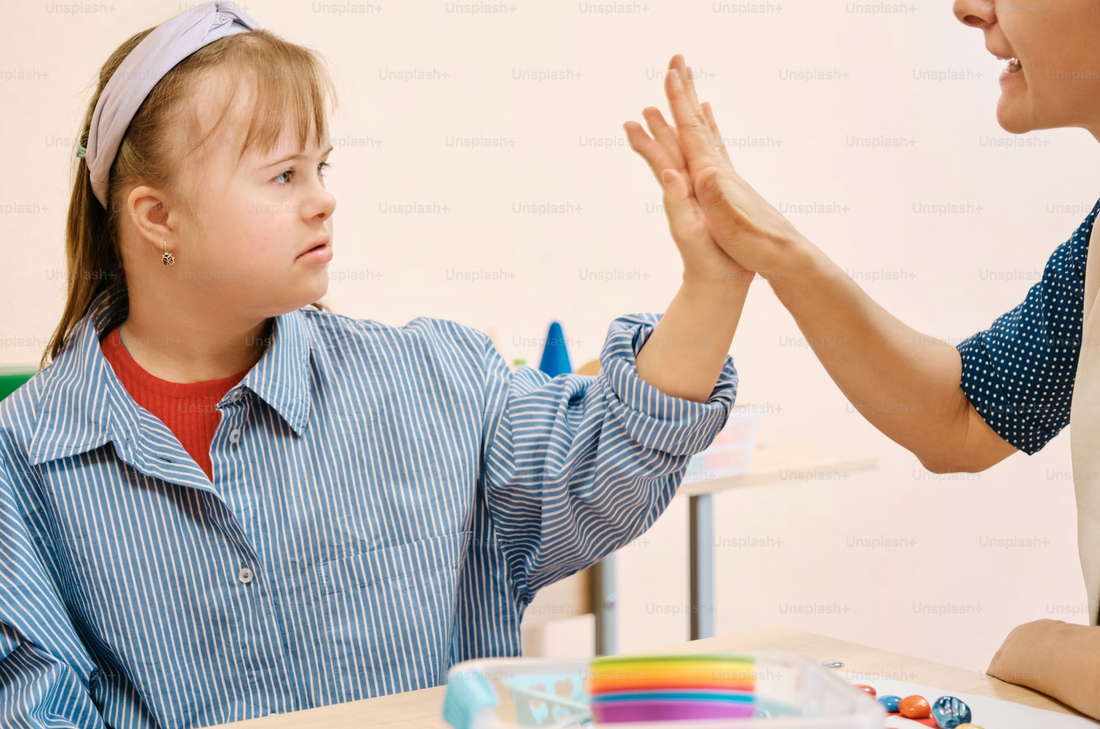
Children learn best through play. For kids with special needs, playtime is not just fun — it’s therapy, education, and a bridge to better communication, motor skills, and confidence. Learning toys designed specifically for children with developmental, sensory, or cognitive differences play a vital role in helping them grow, explore, and express themselves.
In this article, we’ll explore how learning toys for special needs children support development, what types of toys are most effective, and how parents and educators can choose the right ones.
Why Learning Toys Are Important for Children with Special Needs
Children with special needs whether they have autism, ADHD, Down syndrome, speech delays, or sensory processing disorders often face unique challenges in learning and development. Learning toys provide structured yet enjoyable ways to overcome these barriers.
1. Encourage Hands-On Learning
Unlike traditional methods that rely heavily on listening or reading, learning toys encourage experiential learning a style that works well for children who struggle with abstract thinking. Tactile, visual, and auditory stimulation helps them grasp concepts faster and retain information longer.
2. Strengthen Motor Skills
Toys that involve stacking, sorting, building, or threading improve fine and gross motor coordination. For example, building blocks strengthen hand muscles and improve grip, while balance toys enhance stability and body control.
3. Support Cognitive Development
Educational toys help children practice problem-solving, sequencing, and logical thinking. Puzzle toys, shape sorters, and cause-and-effect toys develop cognitive flexibility and attention span, which are often challenging areas for special needs kids.
4. Build Emotional and Social Skills
Group play with learning toys promotes teamwork, sharing, and emotional understanding. Role-playing toys, dolls, and interactive board games can help children recognize facial expressions, learn empathy, and express feelings appropriately.
5. Enhance Communication
Speech and language development is another area where learning toys make a big difference. Talking toys, musical instruments, and flashcards can stimulate verbal interaction, while symbol-based toys assist non-verbal children in expressing their needs and emotions.
Types of Learning Toys for Children with Special Needs
The best learning toys are those that match a child’s individual needs, sensory preferences, and developmental goals. Below are some categories of toys that have proven to be highly beneficial.
1. Sensory Toys
Sensory toys engage one or more senses touch, sight, sound, taste, and smell. They help children who are over- or under-sensitive to sensory input regulate their sensory systems.
Examples:
-
Fidget spinners and sensory rings
-
Kinetic sand or play dough
-
Light-up toys and sensory bottles
-
Musical instruments or sound puzzles
Benefits: Improve focus, reduce anxiety, and encourage calm behavior.
2. Fine Motor Skill Toys
These toys develop the small muscles of the hands and fingers that are essential for writing, dressing, and self-feeding.
Examples:
-
Bead stringing sets
-
Peg boards
-
Buttoning or lacing toys
-
Building blocks like LEGO® or Mega Bloks
Benefits: Strengthen hand-eye coordination, improve dexterity, and prepare children for everyday tasks.
3. Cognitive and Problem-Solving Toys
Toys that challenge the brain help children develop reasoning, memory, and critical thinking skills.
Examples:
-
Jigsaw puzzles
-
Matching and sorting games
-
Shape sorters
-
Cause-and-effect toys (like pop-up boxes)
Benefits: Improve attention span, boost confidence, and encourage independent learning.
4. Communication and Language Development Toys
Speech and language toys help children understand words, express thoughts, and improve articulation.
Examples:
-
Flashcards and picture boards
-
Talking alphabet toys
-
Storytelling cubes
-
Interactive books or educational tablets
Benefits: Expand vocabulary, improve comprehension, and promote expressive communication.
5. Emotional and Social Learning Toys
These toys help children understand social interactions, manage emotions, and build relationships.
Examples:
-
Dolls and role-play sets
-
Board games that require turn-taking
-
Emotion cards or plush toys with facial expressions
Benefits: Teach empathy, patience, and social awareness.
6. Gross Motor Skill Toys
For children who need to improve balance, strength, and coordination, physical activity toys are ideal.
Examples:
-
Balance boards
-
Therapy balls
-
Trampolines
-
Ride-on toys
Benefits: Develop muscle tone, spatial awareness, and confidence in movement.
How to Choose the Right Learning Toy for a Child with Special Needs
Choosing the right toy is not about buying the most expensive or complex one it’s about finding what fits your child’s developmental stage and sensory preferences. Here are some practical tips:
1. Consider the Child’s Individual Needs
Every child is unique. A toy that works well for a child with ADHD may not be suitable for a child with autism. Observe the child’s strengths, challenges, and interests before purchasing.
2. Look for Multi-Sensory Engagement
Toys that combine sound, texture, and color provide more opportunities for stimulation and engagement.
3. Prioritize Safety and Durability
Ensure the toy is non-toxic, free of choking hazards, and sturdy enough to handle rough use.
4. Encourage Independence
Choose toys that promote self-directed play and give the child a sense of achievement without constant adult intervention.
5. Balance Fun and Therapy
A good learning toy should feel like play, not work. The child should enjoy the experience while developing essential skills.
Role of Parents and Educators in Learning Through Play
Parents and teachers play a vital role in guiding children with special needs during playtime.
Here’s how they can make learning toys more effective:
-
Join in the play — children learn best when adults model engagement.
-
Set small goals — instead of overwhelming tasks, focus on one skill at a time.
-
Offer praise — positive reinforcement boosts motivation and confidence.
-
Observe and adapt — see which toys the child responds to most, and tailor activities accordingly.
Top Benefits of Learning Toys for Special Needs Children
Benefit |
Development Area |
Example Toys |
|
Improves Focus |
Sensory Regulation |
Fidget toys, textured balls |
|
Boosts Communication |
Language Skills |
Talking flashcards, storytelling cubes |
|
Enhances Coordination |
Motor Skills |
Peg boards, lacing toys |
|
Builds Confidence |
Emotional Growth |
Role-play sets, puzzles |
|
Encourages Creativity |
Cognitive Skills |
Art sets, building blocks |
Where to Buy Learning Toys for Special Needs Children
In Pakistan and globally, several stores and online platforms now specialize in educational and therapeutic toys.
Look for:
-
Educational toy stores offering age-specific learning aids
-
Online marketplaces like Amazon or Daraz with “special needs” toy categories
-
Therapy centers that recommend or sell tested sensory tools
Always read reviews and check age or ability suitability before purchase.
Final Thoughts
Learning toys are more than playthings they’re powerful tools that help children with special needs learn, heal, and thrive. They stimulate the mind, strengthen the body, and nurture emotional intelligence. With the right selection and guidance, these toys can transform challenges into opportunities for growth.
For parents, educators, and caregivers, investing in learning toys means investing in a child’s brighter, more confident future.

